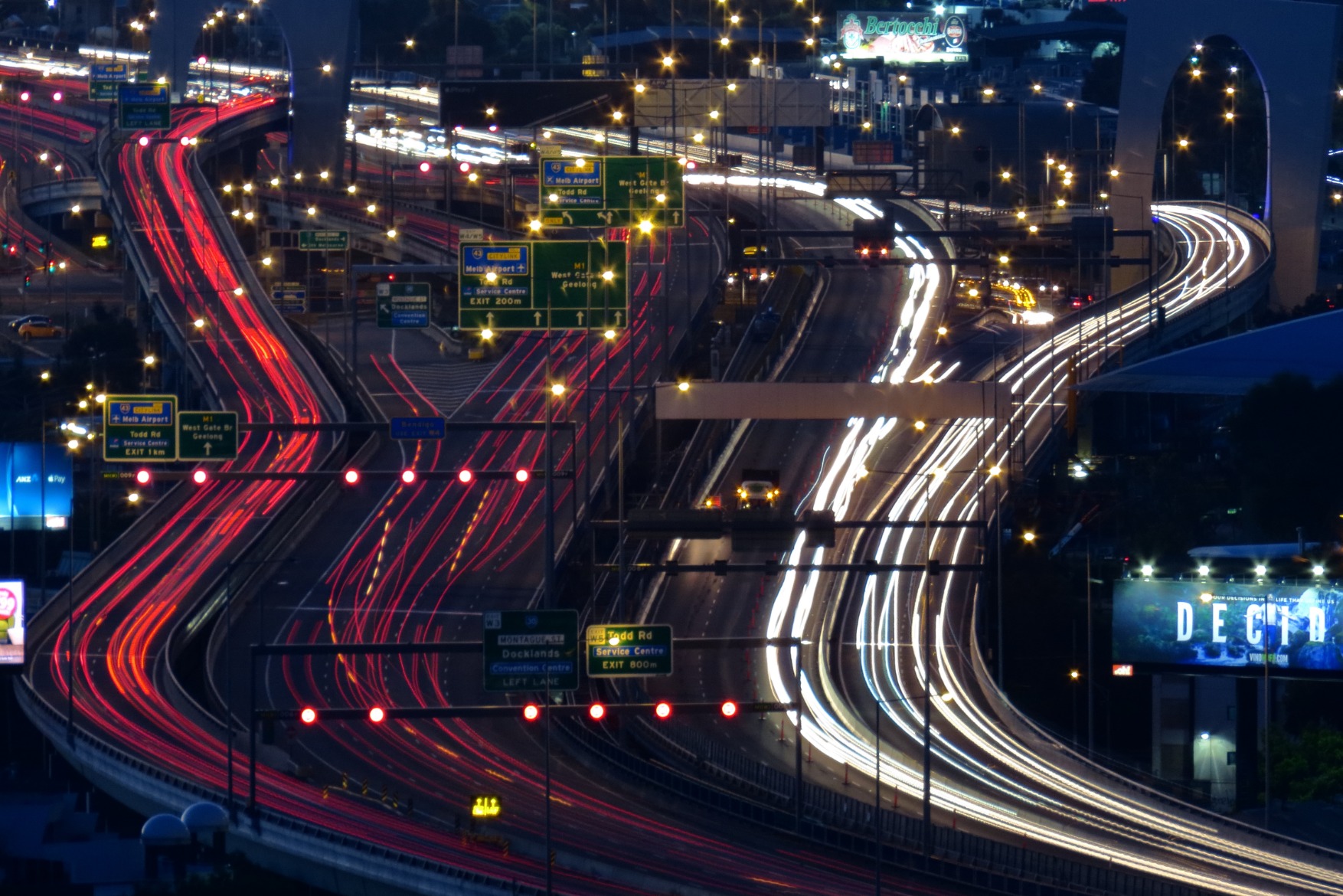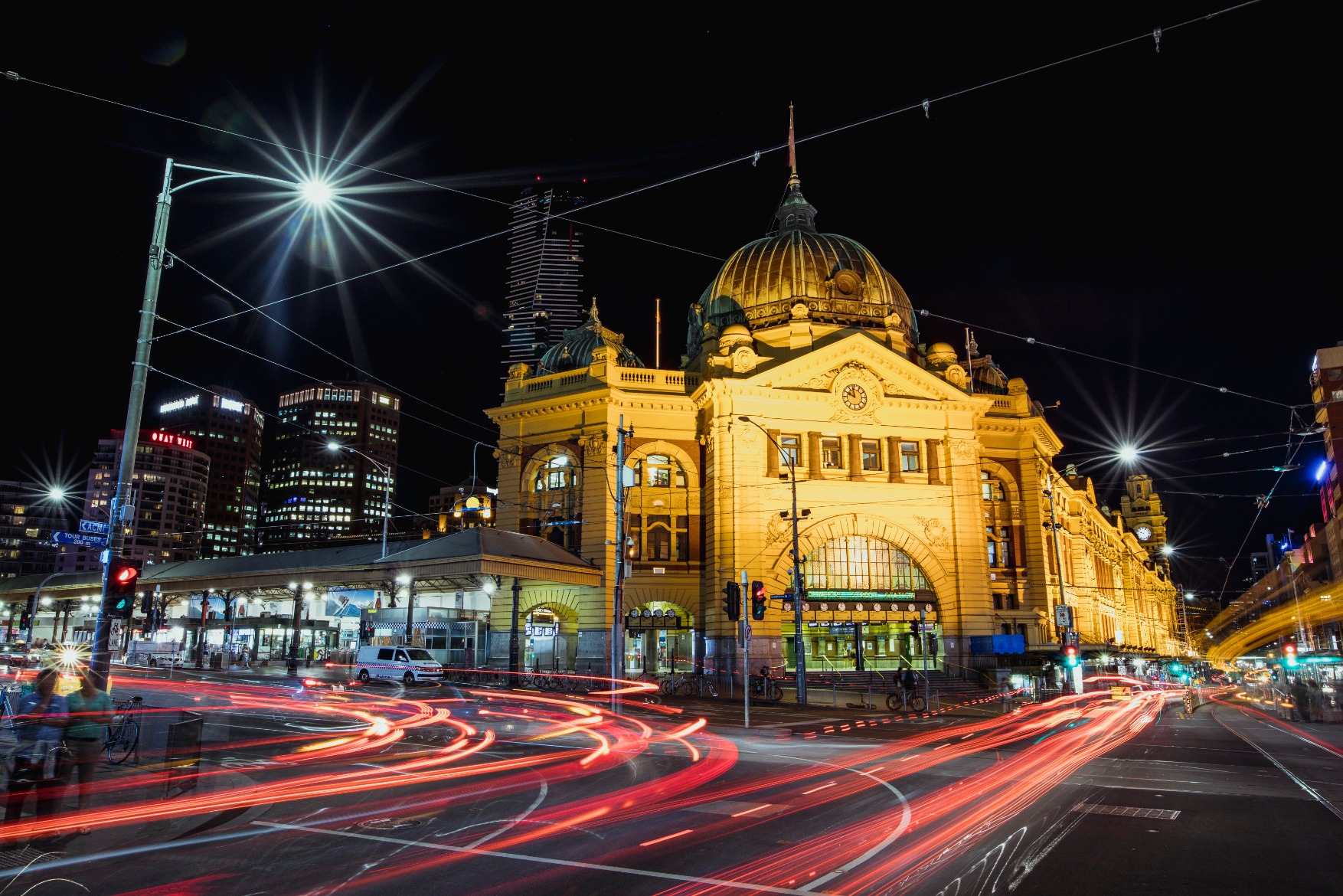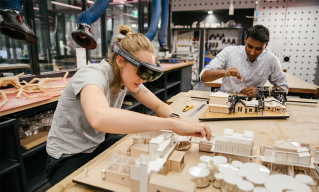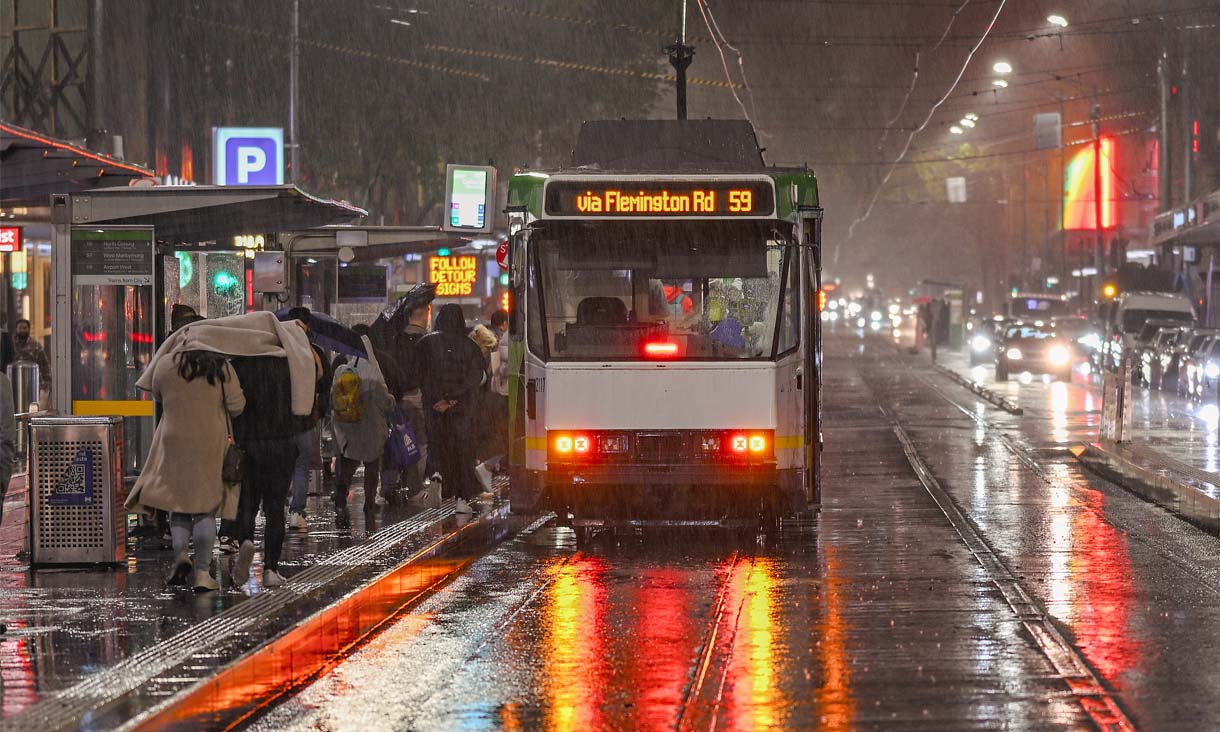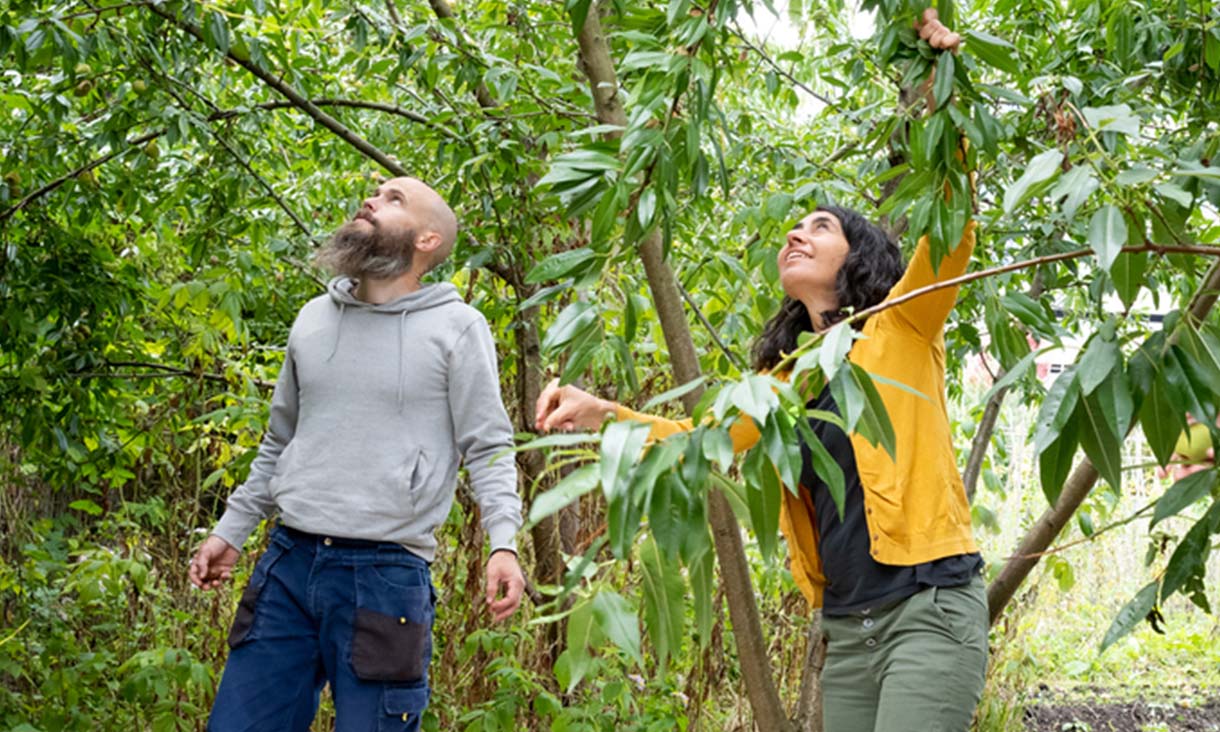Melbourne’s population is expected to reach 8 million by 2051 but the transport pressures of our hyper-expansion are already being felt.
By 2030, an additional 3.5 million trips are expected to be made each day across the city.
This means commuting times will increase by a whopping 20%.
Planning for future congestion needs a coordinated approach that considers all users of the transport system – pedestrians, cyclists, public transport users and motorists.
Here our experts from the new Transport@RMIT Network share their ideas about how we can accommodate Melbourne’s growth on its transport network.
1. Harness the potential of Intelligent Transport Systems
Intelligent Transport Systems (ITS) can play a primary role in delivering a high level of performance across the transport network, enhancing the quality of transport services and reducing congestion.
ITS can manage congestion through real time traffic and incident monitoring, automated warning systems and dynamic travel information.
With this type of real-time information, road users can more accurately plan their day-to-day trips and avoid congested roads.
They may choose to change their travel route, the time of travel, or even their mode of transport.
2. Introduce peak and off-peak transport pricing
Pricing is an important and effective tool for transport demand management and has been widely used to manage congestion worldwide.
Differential pricing of public transport services at peak and off-peak periods can manage demand, reducing overcrowding on peak hour services.
Effective transport pricing will help shift transport demand towards times of lower congestion and from roads to other transport modes.
London, Singapore and Stockholm, have all reduced congestion by 13 to 30% following this model.
3. Build denser neighbourhoods that encourage active transport
A walkable neighbourhood encourages local living, with people being able to safely and conveniently walk or cycle to their preferred destinations.
To create a city of walkable, 20-minute neighbourhoods, a residential density target of at least 25 dwellings per hectare is needed.
Higher residential densities provide the foundations for well-serviced public transport infrastructure and locally accessible destinations, goods, and services.
